Facets Of Indian Art, Iconography and Numismatics
This book contains sixteen essays on different aspects of Indian art, iconography and numismatics. The first one deals with the literary history of Svayambhu Brahma, the god of creation, referring to his earliest representations in stone and clay, pushing back the antiquity of his portrayal to second century bce on numismatic evidence and delineating his different roles as known through sculptural art. Numerous terracottas of different types from Sugh near Yamunanagar in Haryana published here will establish its place comparable to Ahichchhatra, Kaushambi and Mathura. The site has yielded evidence of the earliest portrayal and deification of Rama and Hanuman, the former corroborated by numismatic evidence also going back to second century bce. Glyptics from Sanghol prove that the multiplication of hands of Siva started in the Parthian period and also portray the god as holding trident and sword. Sword in Siva’s hand at such an early period is a rare occurrence and has been explained with reference to literary evidence from the Mahabharata. Terracotta figurines of Mahishamardini from Haryana indicate her popularity in the region through the centuries and the changes in her artistic representations. Bachoonch in Himachal preserves a very rare sculpture of Mahishamardini killing the demon in human form with buffalo totally absent in the relief. Relics from Ahrwan in Palwal district show that it was an important Buddhist centre during the Kushan period. Terracottas from Agroha establish it as a great religious and art centre in the early period. Evidence of itinerant artists is provided by Gupta image of Jaina yaksha Parsva from village Murti in the Salt Range in Pakistan. Evidence of the popularity of the epics in Haryana comes to us from the early medieval depiction of epic scenes from a lost temple at Pehowa, the ancient Prithudaka. Hat Koti in Himachal has preserved an unusual image of Vishnu. The importance of auspiciousness of tortoise, lotus and conch as enunciated in literature, thought and art has been brought out in the next three essays. Glyptics from Kurukshetra have brought to light the artistic form of hitherto unknown deity Sannihitadevi mentioned in the Mahabharata. Very rare images of Satyavan-Savitri and Ardhanarisvara form the subject matter of the last two essays. Facts and statements have been substantiated, documented and illustrated with 49 line-drawings and 163 plates. Bibliography and Index enhance the usability of the work further.
Get it now and save 10%
BECOME A MEMBER

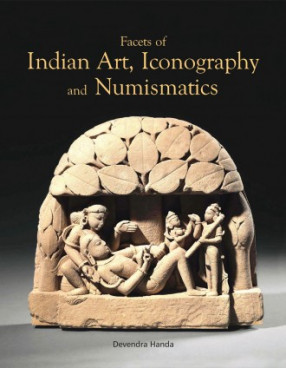
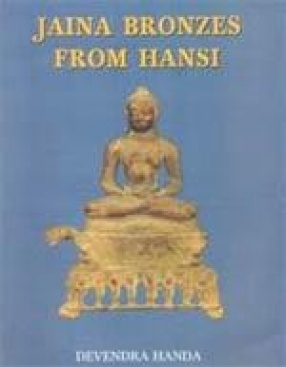
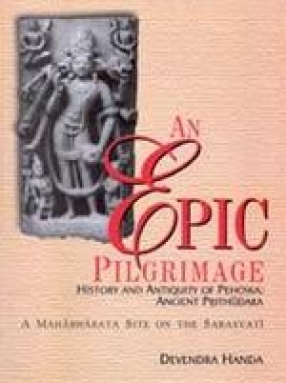
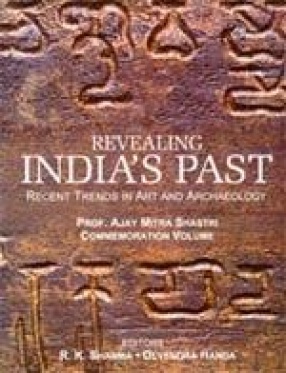
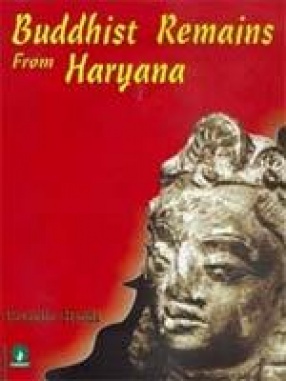
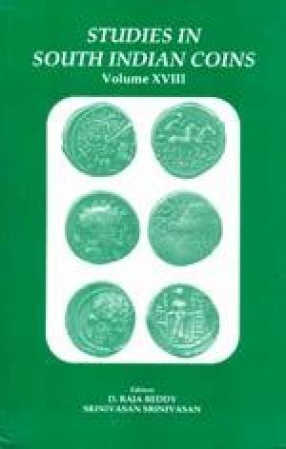
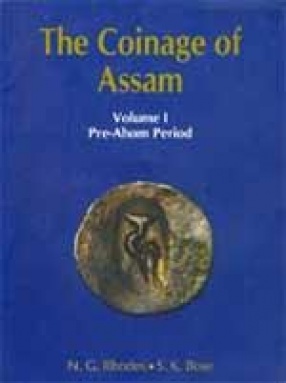
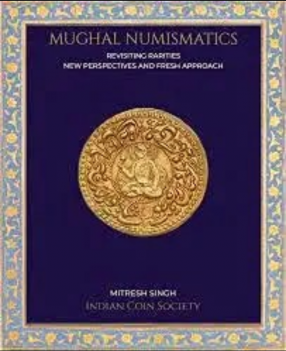
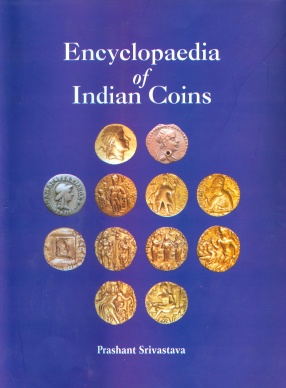

Bibliographic information